Today I listened to the last episode of Sanft & Sorgfältig for this year, a german podcast with the musician Oli Schulz and the TV star Jan Böhmermann. Inspired by them and due to the first exchanges of words with interested people along my way I will tell you about 10 frequently asked questions and will respond them.
Sometimes I get a little bit tired of answering these questions over and over again, but I started to collect them to see what is of interest for the people, meeting a cyclist like me traveling on its bike. I also observed that the questions do differ depending on the country and the level of living. While in poorer countries the local people are rather interested in the money, tourists from Europe may rather beinterested about my performance. Other cyclists rather look for the equipment.
1.Where do you come from? Where are you going? When do you start your travel?
Of course the origin and the direction of traveling are always the first things people want to know. Sometimes you switch from Spanish to another language afterwards. I always have to emphasize that I’m from Germany, but that I started my travel in Costa Rica. If I’m not doing this, I sometimes got the question if I started my cycling in Germany. After they know that I’m started in Costa Rica, their eyes get big and there face express an astonishment before they want to know how long I already have traveled.
2.How many kilometers do you cycle per day?
After the origin, the starting point, direction and time, this one might be the most frequently asked question. In the meantime I have developed a routine in responding to that one: It’s totally different because it depends on so many things, like the road conditions, the temperature and humidity, the altitude, the wind conditions, my personal feeling and motivation and of course the amount of meters which I have to go up or down.
3. Where do you sleep?
My answer to this question differs sometimes, because some people don’t know what couchsurfing or warmshower is, nor Casa de Ciclistas. In my map I always note where I stayed for the night and what kind of place it was. I have not evaluated it so far but I suppose that I spent most of my nights in my tent (wild or payed camping), followed by payed accomondations (most of the time hostels, rarely cheap hotels). From time to time I stay with local people (Couchsurfing, warmshowers, Casa de Ciclistas or invitations). The decision depends on the outer occurrences, on my mood and if I want to take a shower or if I need Internet or electricity.
4. Do you cycle/travel alone?
This question I’m always asked when I cycle alone and there is obviously no other cyclist. So I confirm but always admit that I’ve already cycled with others for some time and that there will be more cyclists I will meet to travel together for a while.
Sometimes I enjoyed the companion, but I also like the bigger liberty when I travel on my own. Traveling alone feels to be much more intensive, cause I got to know more people and speak more spanish. An important point of traveling with other cyclists is, that you can share your experiences with somebody else. And if all the other aspects do fit very good, I definitely prefer to cycle with another person.
5. Are you not afraid when you travel in this manner?
„No, I’m not afraid“ was my answer and depending on the person I went deeper in to that topic. I dealt with the topic of fear during my travel several times and developed another point of view at this topic. As a result my fears diminished during my travel.
I still take care and I’m looking for camping place, which can’t be seen from the road for example. Or I drive concentrated when I enter big cities with a lot of traffic. But I feel comfortable in this situations and fear doesn’t affect my feelings.
5. Did you have any bad experiences with raids or thefts?
Until some days ago I could always answer, that I had never had any problems. But in the bus terminal of Tucuman people tried to steel stuff from me, but they didn’t succeed.
I’m a person who believe in the power of positive thinking and so I think that I can keep away these things by control my thinking and not giving space to bad experience imaginations.
6. How much weight do you carry with you?
I don’t exactly know how much weight I carry with me and the first time I got to know how much kilos my bicycle is, was when we had to pay per kilo, while we transported our bikes in the train from Oruro to Uyuni. So now I know that the weight of my bike is close to 20 kilograms. A stable frame out of steel, solid rims and the Rohloff shifting system might cause the weight. The amounts of kilos I carry in my bags do differ from time to time, depending on the provisions I carry with me. Over the months I reduced my weight more and more, so that I think that I’m below 25 kilos now, but to be honest I don’t know.
7. Do you have trained in advance for your travel?
Not really and I also tell the people that in my opinion everybody can travel with the bicycle. It is a matter of habituation and you train yourself during the travel. Like with a lot of things you can start with small distances and increase the daily kilometers step by step. I also meet people, who just cycled 30-40 kilometers per day.
Me myself was always doing sports and I also cycled quite a few kilometers the year before, but I haven’t done it to be fit for my travel.
8. How much money does your bike costs?
Here I’m careful with my answer and most of the time I didn’t state the right amount. Sometimes I downplay and name a price which is much lower than the real value. I guess that in some cases by bike is more expensive then several cars here in the streets and I also don’t like to talk about money that much.
9. Did you have problems with your bike?
Well, yes, but no damages, which could be solved. Flat tyres and worn brakes belong to a long journey. While I had a lot of flat tyres in the beginning, it now became very rare. From the first day in Peru until today I just had one flat tyre.
The most serious problem was, when the screw of my rear bicycle rack broke so awkward, that I was not able to get the rest of the screw out of the thread.
A one-sided crack of a chain link and lost screws of my Ortlieb panniers issued a challenge to me.
Besides these topics, everything went well with my bike.
10. When do you go back to Germany?
I don’t know by my own and it does feel good to not have a date which does limit my journey. I will decide it spontaneously depending on cheap flights back to Germany or Europe. Currently my return seems to be in the middle of April.

























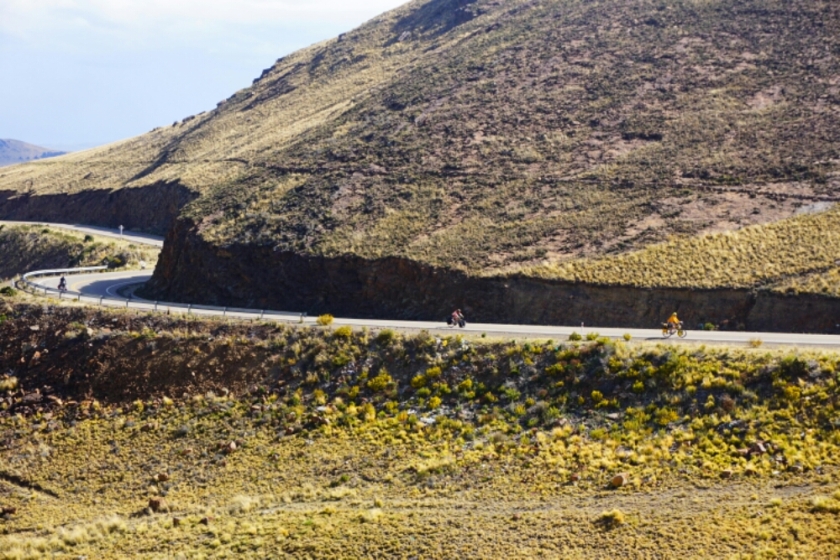

















































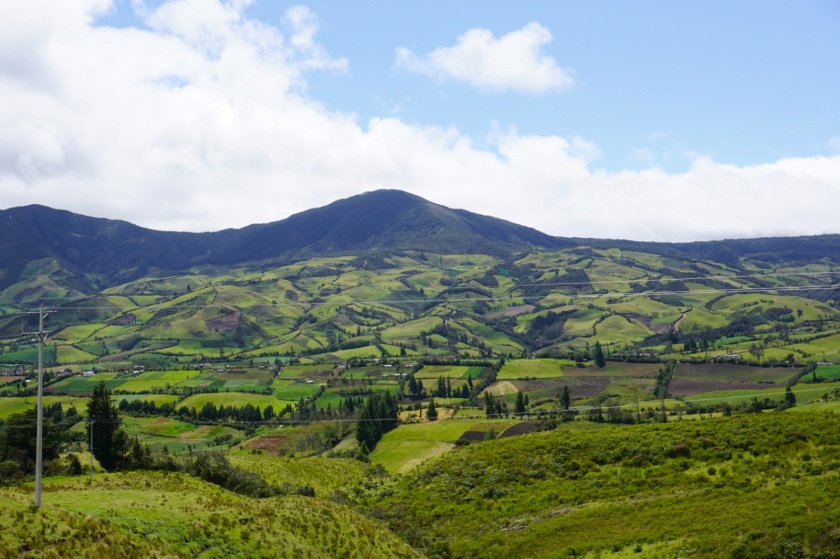
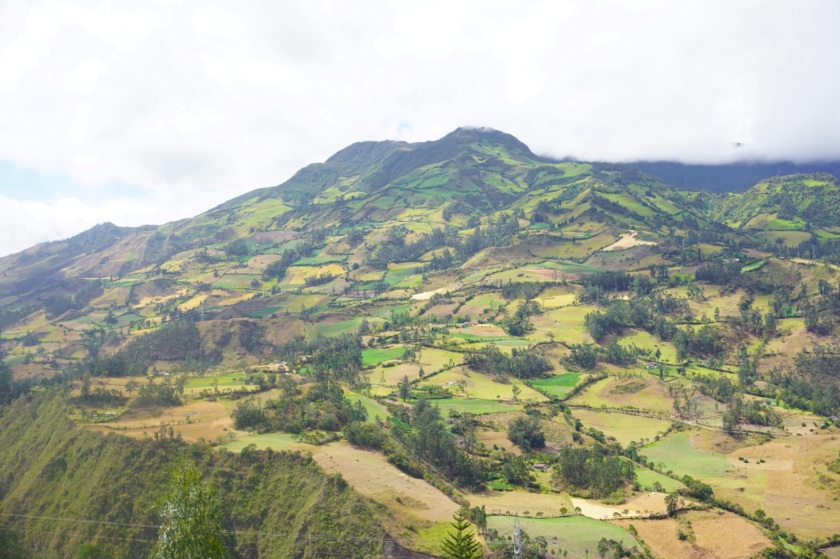















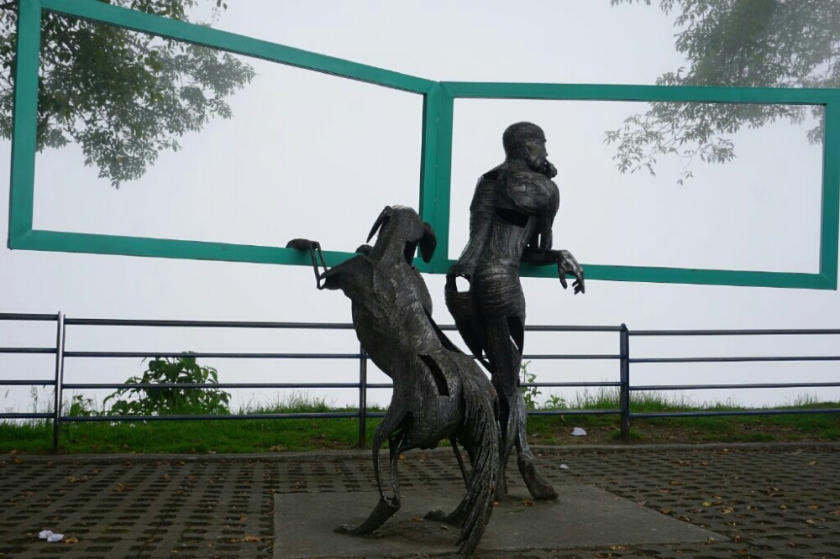





































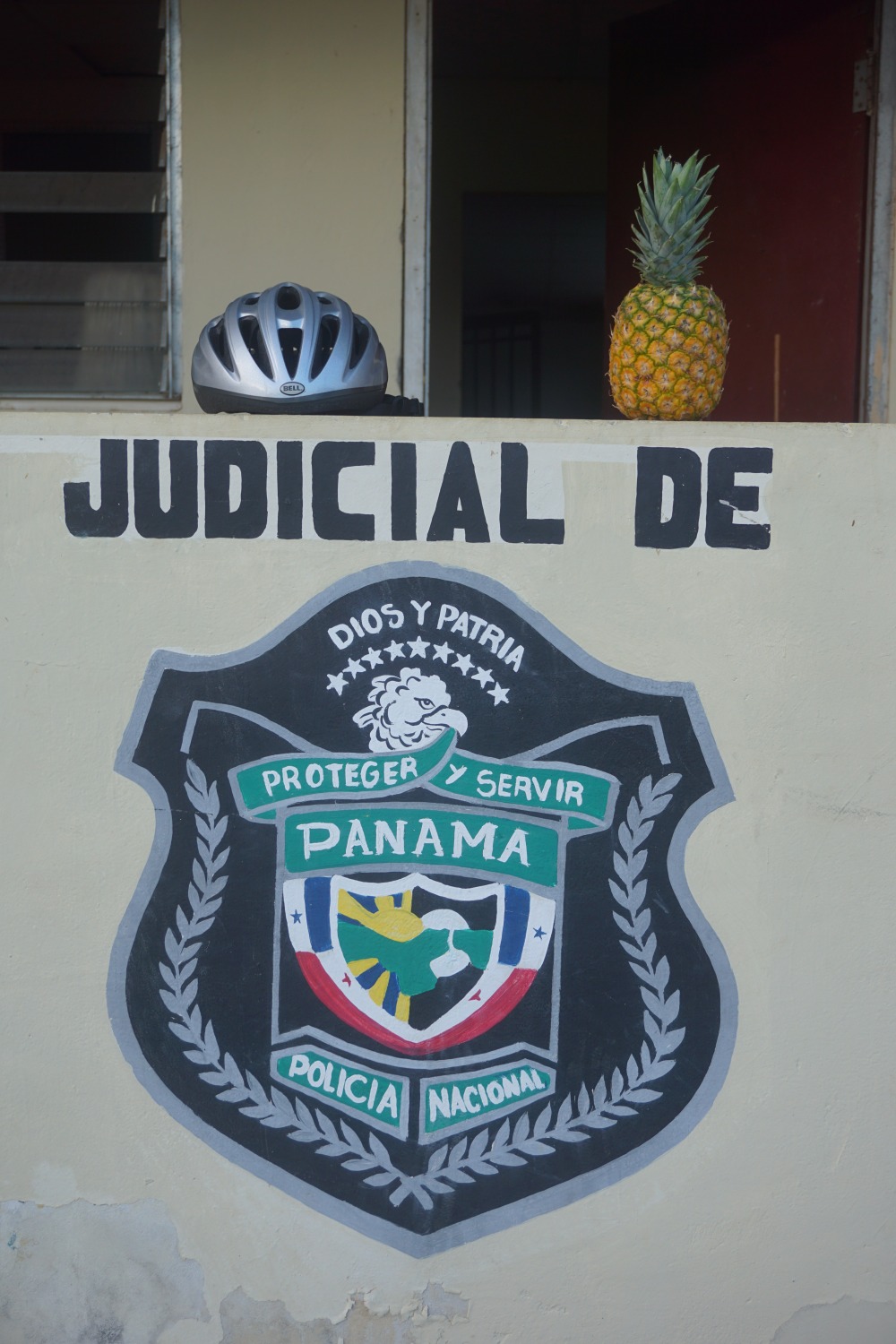



 pictures in my mind the day seems to be like a book, a story with me inside of it. But not enough, after all the impressions during the day, the evenings were full of encounters with friends, which I haven’t seen for a while and strangers, who were refreshing to get to know to. At the end of the day, the morning seemed to be far away.
pictures in my mind the day seems to be like a book, a story with me inside of it. But not enough, after all the impressions during the day, the evenings were full of encounters with friends, which I haven’t seen for a while and strangers, who were refreshing to get to know to. At the end of the day, the morning seemed to be far away.
 such a day, it feels so much better than in the evening of a day in the office. I feel much more grateful and whatever it is, which enters my stomach, it is greeted with pleasure.
such a day, it feels so much better than in the evening of a day in the office. I feel much more grateful and whatever it is, which enters my stomach, it is greeted with pleasure.